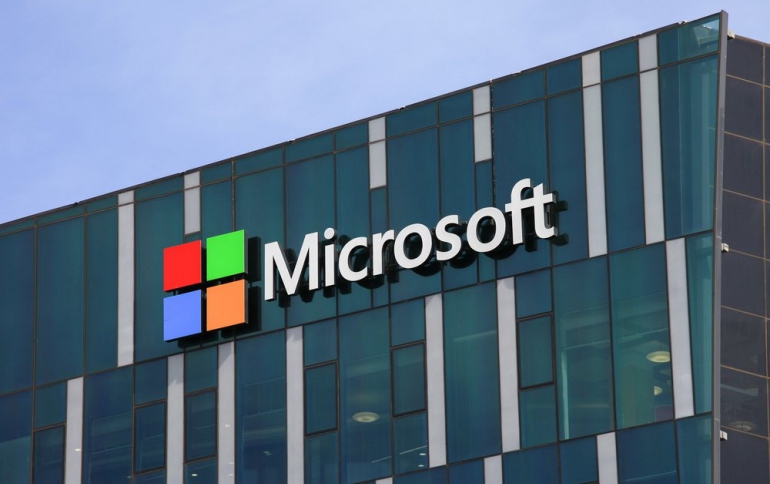
Microsoft Patents Mixed Reality Headset With Moving Screens, Google Could Bring VR Gaming to Stadia
A Microsoft patent application published Thursday shows a mixed-reality head-mounted display featuring no fixed screens in front of your eyes.
Filed back in 2017, the patent, which was spotted by Patently Mobile, is using screens that rotate, orbit your head or move back and forth to simulate a 360-degree field of view in any direction.
Pictures show the "movement based display device" featuring a movable member configured to rotate about a user's head; a movable member configured to reciprocate in front of user's eyes; and movable members configured to spin in front of the user's eyes.
Microsoft's patent application which was published today by the U.S. Patent Office was originally filed back in Q3 2017.
Oculus has recently announced the Rift S and the Quest. HP has announced its Reverb and HTC its Vive Focus Plus at the end of 2018. And of course, Microsoft's HoloLens 2 has its sights on business.
With Google introducing Stadia, the company could also have its own HMD to work with the new gaming service. A new Google patent application published from Google shows us their work on an HMD hand controller accessory.
Google's patent describes a new programming method that provides a new kind of freedom for a VR controller beyond the traditional 3 Degrees of Freedom model to allow users experience more realistic game play.
Google's 'VR Arm model' can take advantage of the orientational tracking of the physical controller to create a location and orientation of the virtual controller that can be viewed within the HMD. In the implementations described in Google's patent filing it is possible to simulate a person holding the controller at a location and orientation in the VR environment.
Further, the virtual controller may be in a VR environment at a location that corresponds to how a user holds and moves the physical controller.
Google's patent application was published today and originally filed in Q3 2017.





















